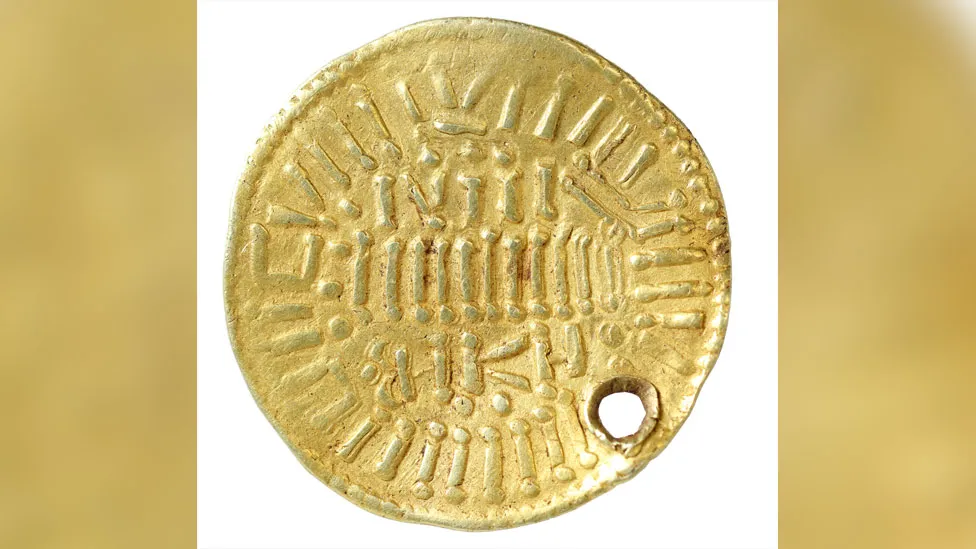
Two metal detectorists have been found guilty of hatching an illegal plot to sell Anglo-Saxon coins of “immense historical significance” abroad.
Read the rest of this article...
The Viking Archaeology Blog is concerned with news reports featuring Viking period archaeology. It was primarily constructed as a source for the University of Oxford Online Course in Viking Archaeology: Vikings: Raiders, Traders and Settlers. For news reports for general European archaeology, go to The Archaeology of Europe News Blog.













Vikings: Raiders, Traders and Settlers (Online)
Wed 03 May 2023 - Fri 14 Jul 2023
Online course offered by The University of Oxford
Using a specially-designed virtual learning environment (VLE), this online course guides students through weekly pathways of directed readings and learning activities. Students interact with their tutor through tutor-guided, text-based forum discussions. There are no 'live-time' video meetings, meaning you can study flexibly whenever it suits you under the direct tuition of an expert.
Further information...

